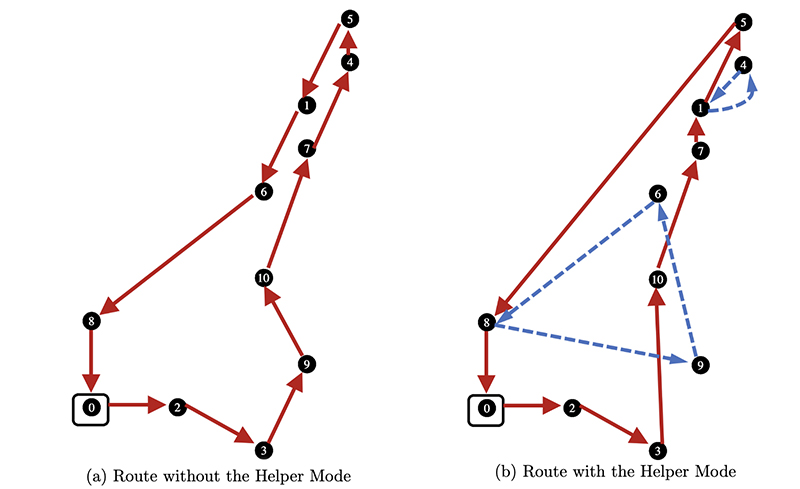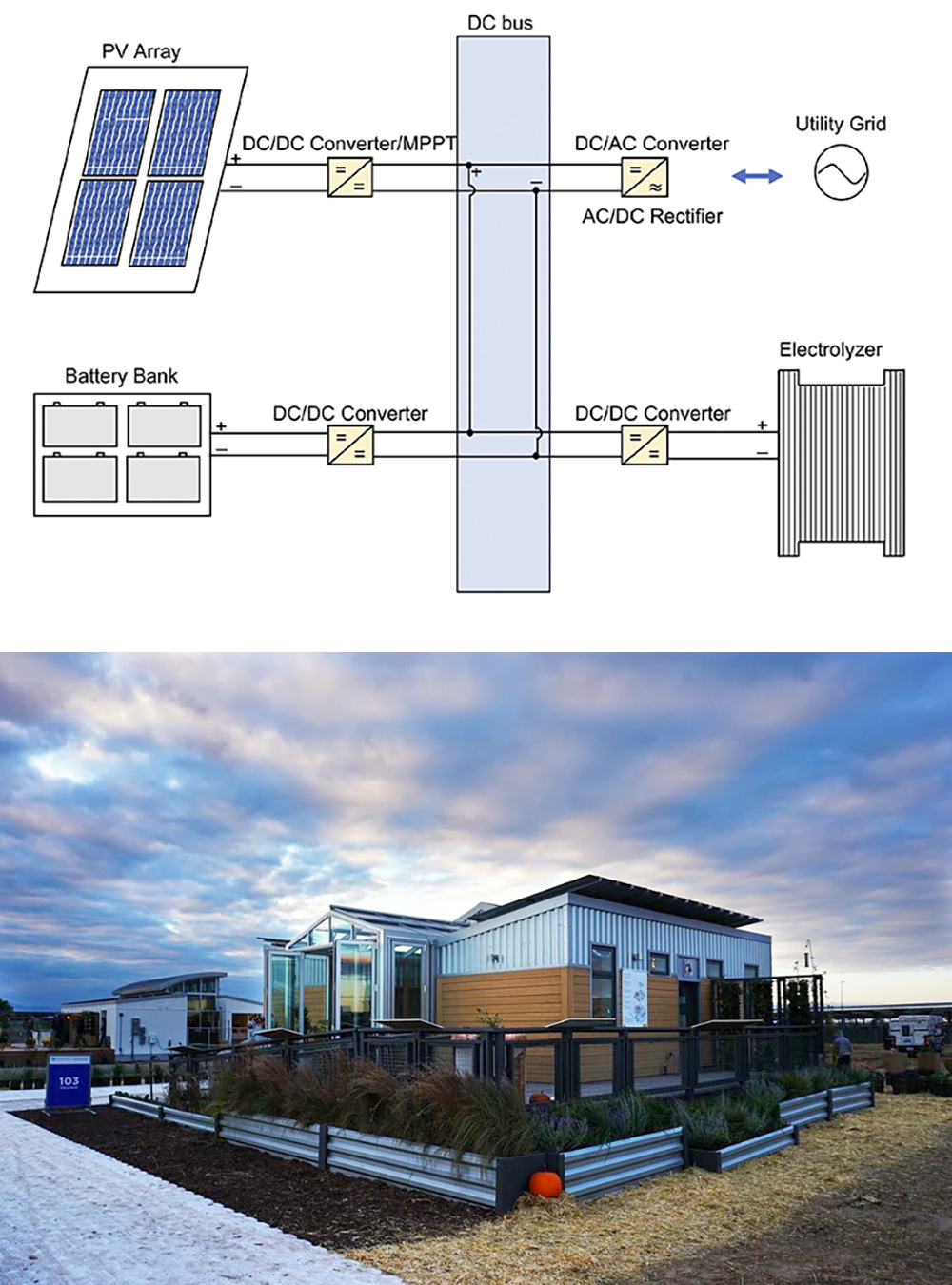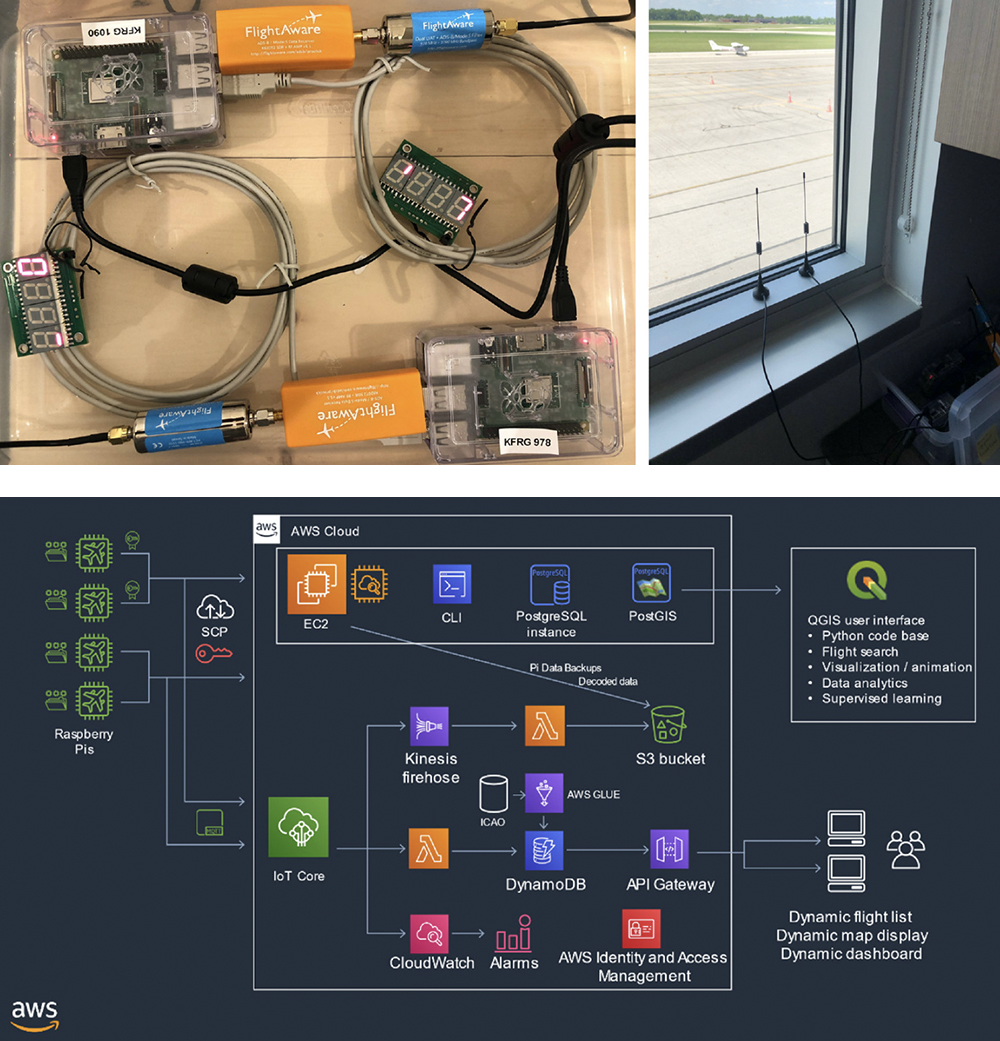News Story
Hybrid inverse optimization can help in modeling natural disaster responses
In 2020, the National Oceanic and Atmospheric Administration (NOAA) counted 22 weather and climate disasters in the U.S. that each cost $1 billion or more in damages, and cumulatively killed 262 people. Given the effects of climate change, such disasters are expected to become increasingly commonplace.
Communities and nations around the world are working to be as prepared as possible to mitigate the consequences of natural disasters. Managing them as they occur is a growing, complex problem that requires sophisticated modeling approaches.
Governments and planning agencies often have little warning before a disaster, and a limited window of preparation time when one is imminent. They must be prepared for many different potential events. Over the years, researchers have developed various disaster support systems that typically contain a data bank, a data analysis capability, normative models, and technology for display and interactive use of the data and models.
A new paper by University of Maryland researchers and their Canadian colleague focuses on data analysis and normative models that examine and present information to leaders, aiding them in making decisions.
A Hybrid Inverse Optimization-Stochastic Programming Framework for Network Protection was written by AMSC Ph.D. candidate Stephanie Allen; her advisor, ISR-affiliated Professor Steven Gabriel (ME/AMSC); and Associate Professor Daria Terekhov of Concordia University in Canada. It suggests managing road networks during natural disasters could be improved by using a hybrid “inverse optimization” (IO) method to model different approaches.
Multi-stage stochastic programs are one type of normative model used in the disaster management community. This type of model is proposed as a way to make decisions about protecting transportation networks against disasters, and bringing supplies to communities afterwards. However, the misspecification of transportation cost parameters can lead to incorrect protection decisions—such as allocating too few or too many resources to parts of road networks affected by landslides and flash floods. These missteps severely limit the usefulness of multi-stage stochastic programs.
In the paper, the authors propose a hybrid method involving IO as a new approach for a road network’s traffic equilibrium problem and employ a modified two-stage stochastic model to make protection decisions using the IO information. They demonstrate the framework using two types of cost functions for the traffic equilibrium problem and show that accurate parameterizations of cost functions can change spending on protection decisions in most cases, when compared to assuming a uniform cost.
The authors conclude that IO is a useful tool for making better protection decisions in multi-stage stochastic programs for disaster relief.
Published October 4, 2021








